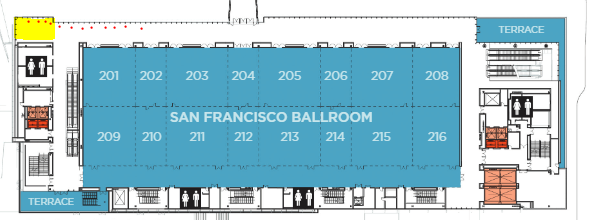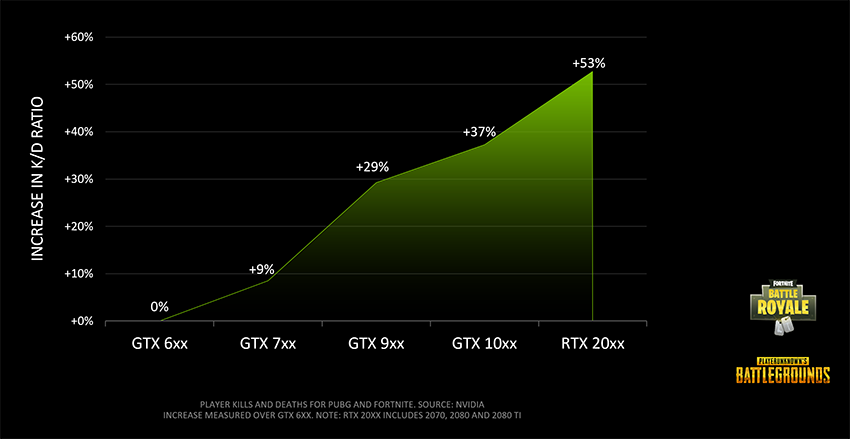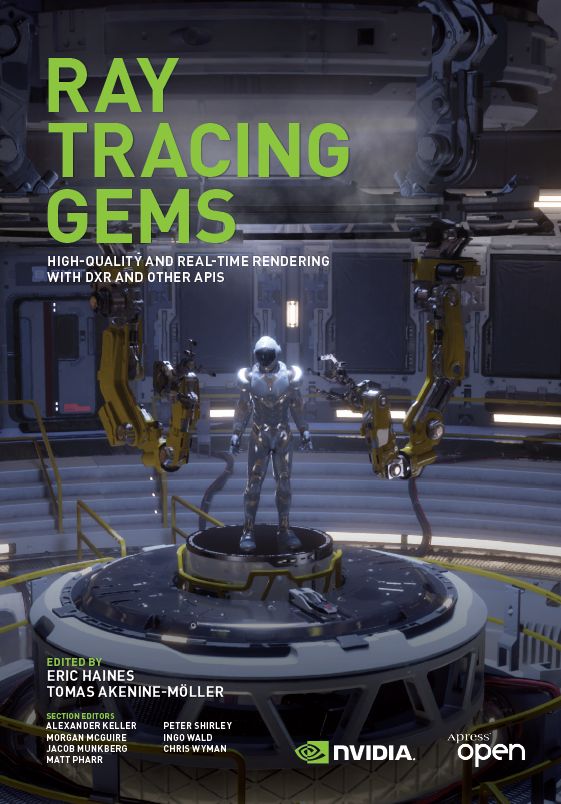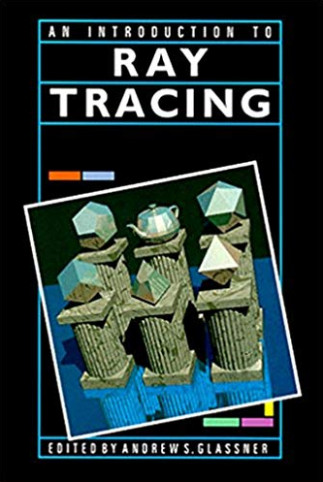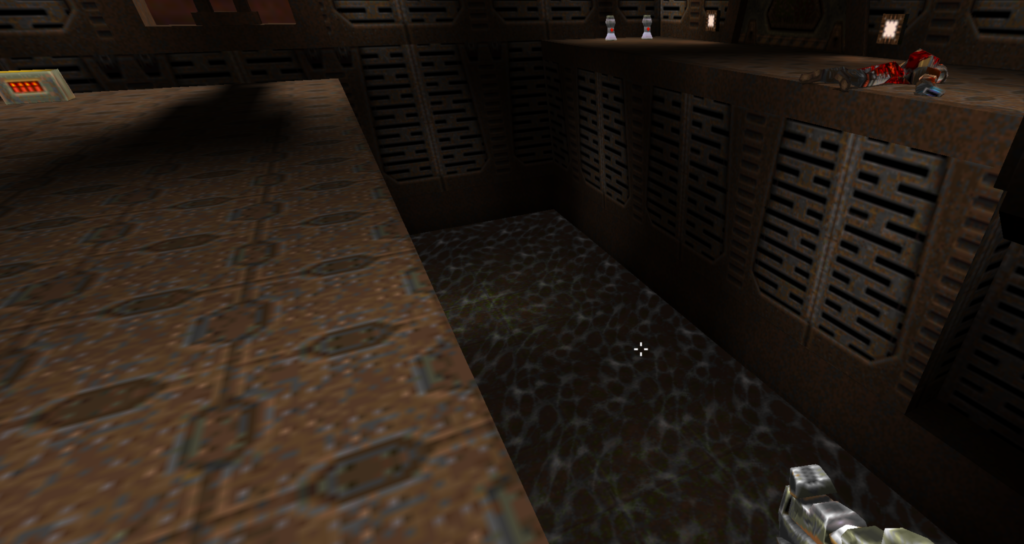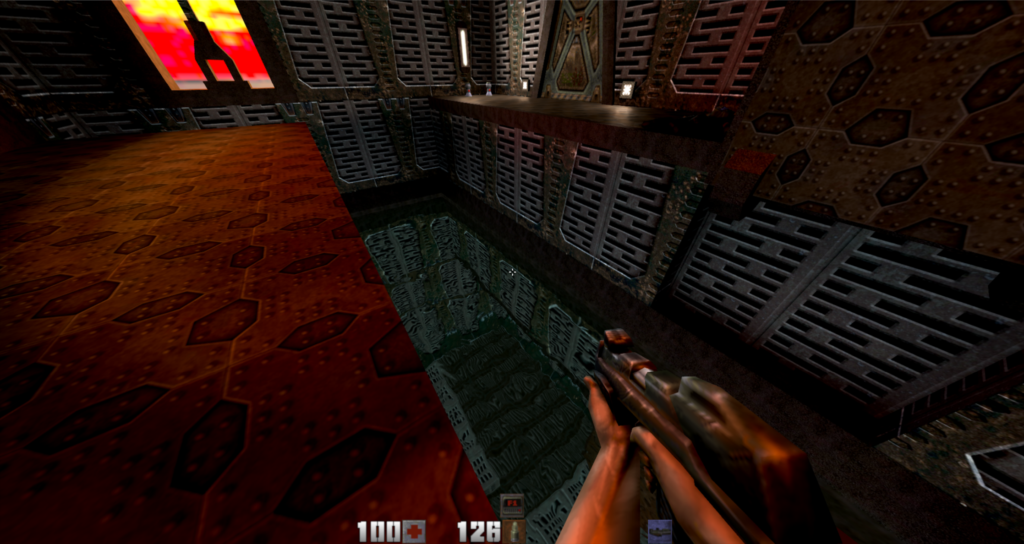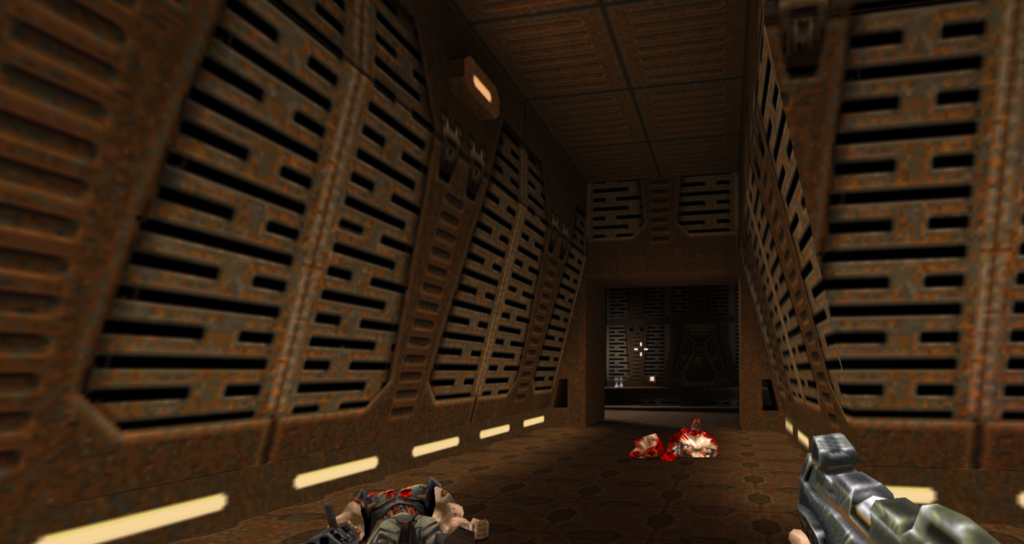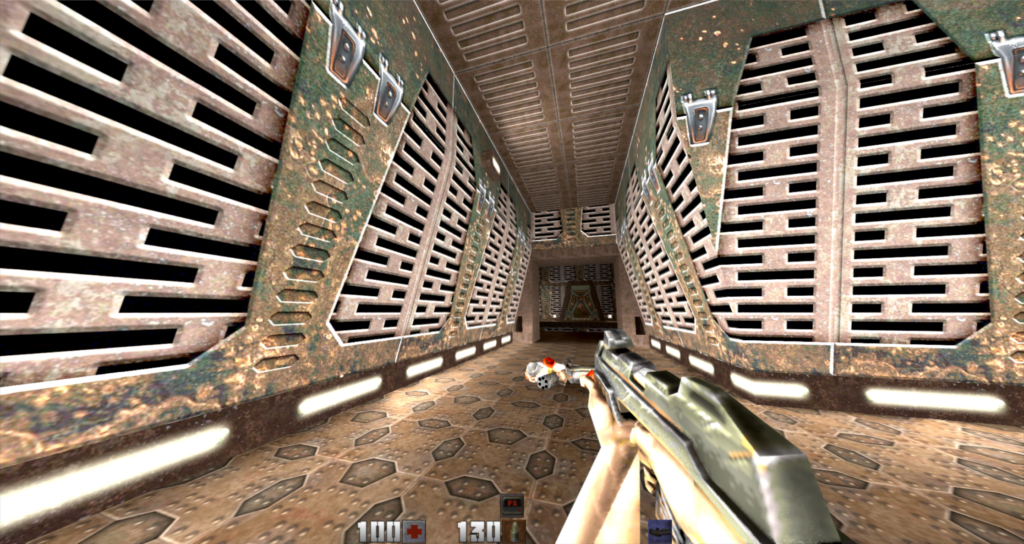On November 1st of every year, the Finnish government publishes everyone’s salary. It’s a nice leveler of the playing field for workers, as they can see if they’re paid fairly and what to expect at another company.
In the U.S. we generally know elected officials’ salaries (president $400,000, senator $174,000, etc.) but not much else. Except for non-profits, who have to file public tax returns. Update: Angelo Pesce pointed out this useful site.
I’m doing my taxes this weekend. To avoid that time-sucking task – one that takes only five minutes in The Netherlands – I decided to go look up the ACM’s and IEEE’s forms. It takes a bit of searching, but it’s interesting to see where the money goes. To start, here are some ACM salaries from their 2015 return (actual return here):
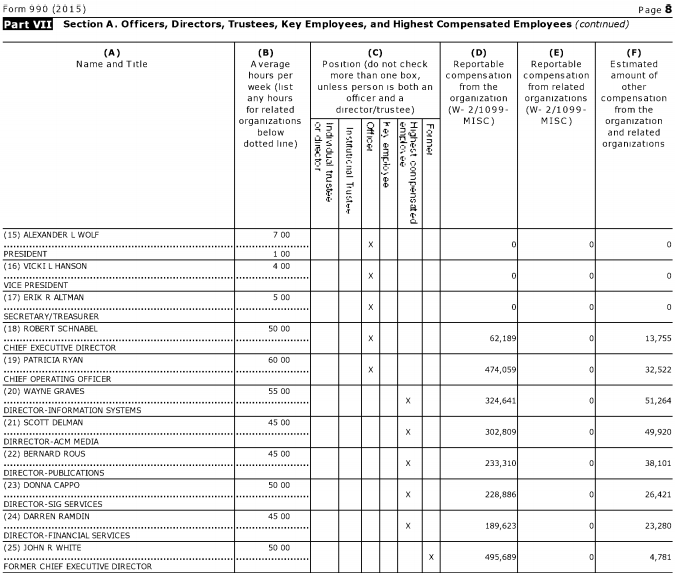
Half a million for the outgoing Chief Executive Director – not bad. I’ve asked around, and on one level this amount is a bit shocking, but it’s evidently (for good or ill) the norm for non-profits of this size.
Putting this info on the blog makes me feel a bit embarrassed; it’s breaking a social norm here, revealing a salary. But, it’s public knowledge! We’re now used to services such as Zillow to see someone’s property value – something we would have had to work hard to do back in 2005 (e.g., go to some government office and look up the deed). However, in the U.S., knowing someone’s salary is usually not something you can look up and is pretty taboo. So, cheap thrills, and it’s easy to do so now for at least a few people.
Wading through the rest of the return turns up various tidbits. For example, the ACM’s overall budget:

So they added about $6.7 million to their total assets in 2015, and ended the year with assets of:

I find these documents worth poking at, just to get a sense of what’s important. For example, the ACM makes its revenue as follows (see Part VIII for details):
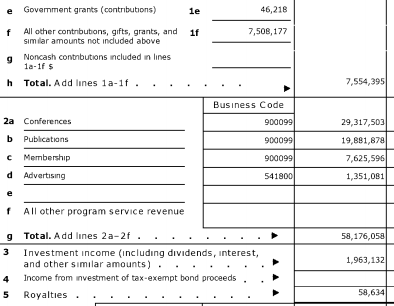
Expenses, in Part IX, go on and on, with a large portion of the $60 million going to conferences:

Conferences raise $29 million each year (the revenue snippet), so I guess I conclude that conferences netted $5 million for the ACM in 2015. That cheers me to hear, vs. the opposite. Me, I’m curious how much the ACM Digital Library costs and how much revenue is raised, from individuals and institutions, but these numbers are not found here. I asked once back in 2012; the ACM doesn’t split out the DL income and costs from their other publication efforts.
There are lots of other tidbits in the return, but take a look for yourself.
Let’s go visit the IEEE – hmmm, wait, there are two of them. But both have small budgets, less than $7 million, so that’s not them. Searching a bit (quick, what does “IEEE” stand for?), I found them:
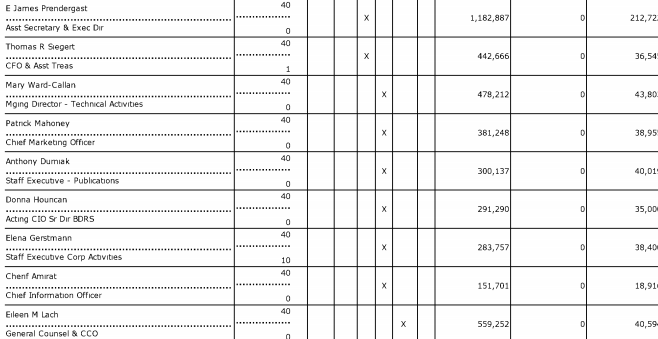
The Assistant Secretary and Executive Director (one person) gets $1.2 million – OK. The actual Director & Secretary doesn’t get paid at all, which I find entertaining somehow:

Now, the IEEE’s budget is a lot higher that the ACM’s, $436 million vs. $60 million:
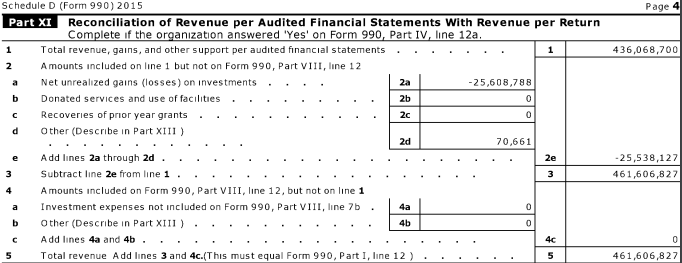
It’s a different report format, so it’s not clear to me what assets they have.
It’s fun to poke around, e.g.:

ACM doesn’t seem to have any lobbying expenses. I wonder what the IEEE lobbies for – they’re really not spending much, but it’s more than zero. Better electricity? Lobbying is not in and of itself bad (I like it when the AMA lobbies against the use of tobacco just fine), but it’s interesting to see and great for forming unwarranted conspiracy theories.
OK, enough goofing off, this took way more time than I expected; back to my own taxes.

